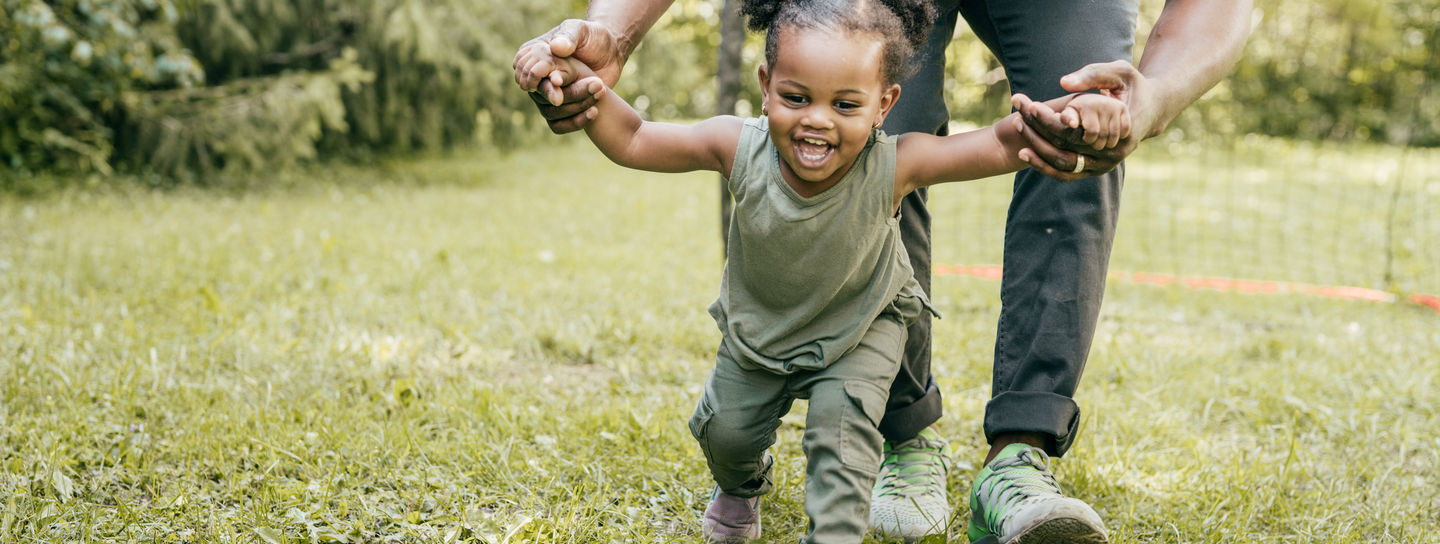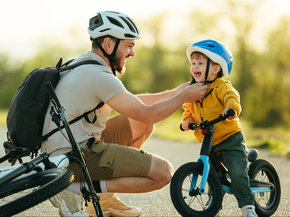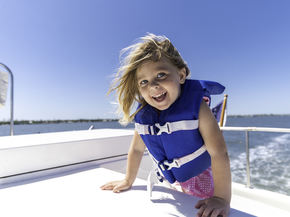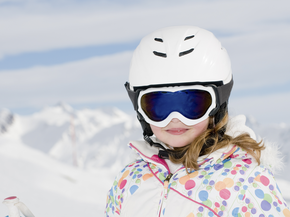We've pulled together some tips to help ensure we're all prepared to keep the children around us as safe as possible. Whether you're at home with members of your own family or out in the community, thank you for looking out for child safety. It takes a village, and a little education goes a long way!

Injury Prevention




